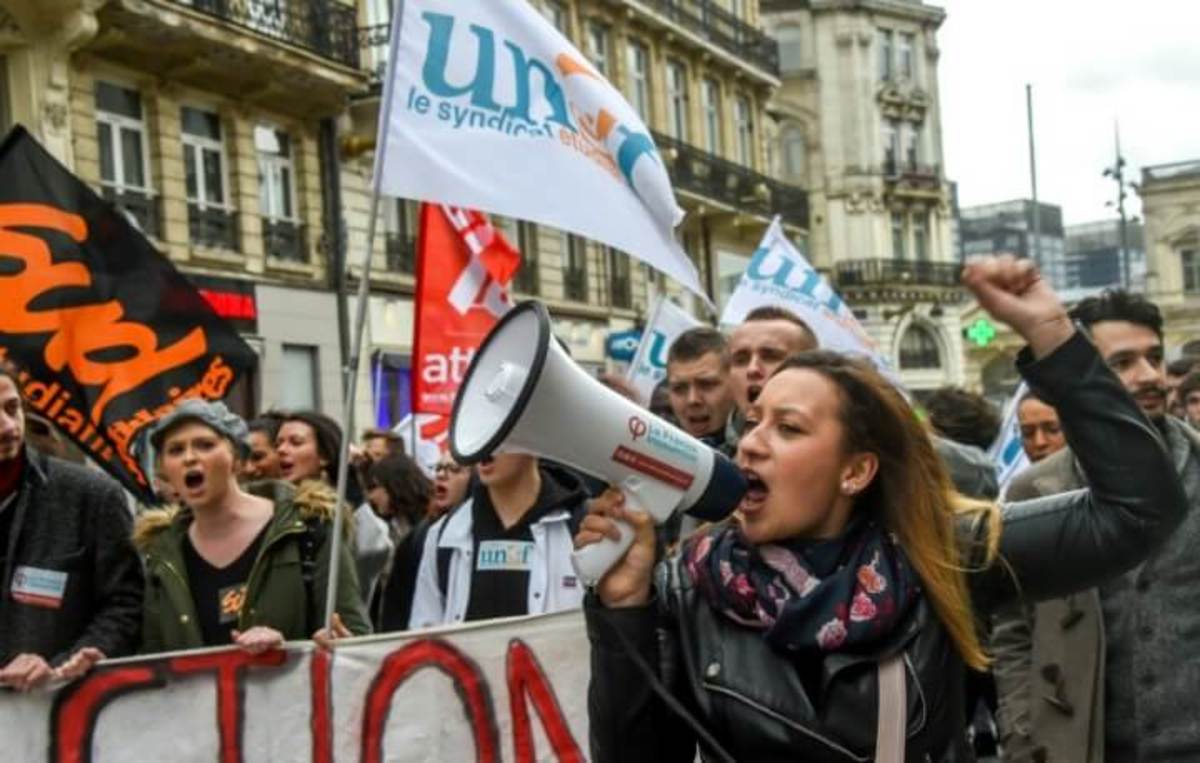
In The Communist Manifesto, Marx and Engels referred to the state as “the executive committee of the ruling class.” Reflecting the collective capitalist interest in maintaining its accumulation process, capable of forging compromises among competing sectors of its own and other classes, this committee was also meant to enforce legal norms, contracts, and other rules of the game.
If necessary, indeed, it would even subordinate individual capitalist interests to the collective interests of the class. The executive committee might foster imperialist ambitions and declare war. But it might also call for redistributive legislation to foster demand even though no individual capitalist would want to pay higher taxes to cover the cost. Recalcitrant elements of the ruling class and protestors from below require punishment. Fascist states easily get carried away in that regard. Banana republics usually exhibit bureaucratic gangster tendencies. In a capitalist democracy, however, things are supposedly different: its executive committee should jail Al Capone and marginalize corruption. The lines between legal and illegal business transactions are blurring and the term “political mafia” is taking on a whole new meaning.[1]
Gangster politics has little in common with the interests of petty criminals, white collar crooks, ‘Crips and ‘Bloods, and the like. Vast sums are at stake: so, for example, roughly 82.8% of benefits from the 2017 tax bill are being funneled into the portfolios of the top 1%,[2] and the corporate tax rate is being dropped from 35% to 21%. The boss knows where his bread is buttered. That the godfather should get his cut goes without saying: Trump’s family will make upwards of “tens of millions of dollars” from his tax legislation.[3] And with the “ca-ching!” (that sweet sound of the cash register) comes the “bling” (the payoffs, the hush-money, and the gifts) along with the “glitz” of the porno stars, the third-rate actresses, the models, and the rest.
Gangster politics hovers between the authoritarian and the democratic. The boss and his posse receive their perks for a reason. Gangster politics immunizes capitalist society from class contradictions that have become too acute or demands from below that have grown too onerous. Its representatives are not exactly fascists. They don’t rely on paramilitary forces, concentration camps, official censorship, or explicit ideals of a racially pure society. Sleaze is the ethos of gangster politics. Its style and tone insinuate themselves into existing institutions such as the town meeting, the mass rally, media, electoral debates, and the use of legislative tricks, and legal minutiae. Gangster politicians know how to “game” the system. Their populist rhetoric is window dressing. The old “bicycle mentality” of the petty bourgeoisie holds sway, namely, push up and kick down.
Gangsters have long been identified with capitalists, cops, and state officials. Balzac noted that every great fortune hides a great crime. Upton Sinclair and Frank Norris made the connection as did Ibsen. But, perhaps most notoriously, Bert Brecht saw the gangster ethos uniting capitalists, imperialists, and militarists in a host of plays beginning with The Threepenny Opera. Contemporary films and television shows constantly depict the CIA, corrupt politicians and greedy corporate interests as interwoven. But these usually appear as either the work of rogue individuals (who must be brought into line) or an always vague and unalterable “system” that demands utter cynicism as the only appropriate response.
Gangster politics is not a structured institutional formation, as often argued,[4] but rather a semi-legal adaptation to legal forms of governance. It arises when the gangster’s clients sense danger. Memories still linger concerning the economic crisis of 2008.[5] Banks are still over-extending unfavorable loans, stocks have been erratic, insider trading is the rule of the day and the “average guy” is panicking as capital becomes centralized in ever fewer hands. Production requires an ever smaller yet more educated working class; consumption is inordinately skewed to the wealthy; and the class question increasingly turns on how best to disempower working people, those living below the poverty line, women, citizens of color, and immigrants.
Enforcing gerrymandering, curtailing voting rights, privatizing the prison system, access peddling, and accruing unlimited donations for electoral campaigns are effective tactics that border on the illegal. Right-wing control over an increasingly centralized media helps deflect criticisms and divide the disenfranchised and exploited. The audience has been primed. The boss’ mass base detests his critics. Environmentalists, immigrants, people of color, uppity women, decadent gays and the transgendered infuriate the “good citizens” of America clinging to outworn traditions in small towns as well as evangelicals and retrograde (white) sectors of the industrial working class. They despair over loss of jobs, government “waste” and “welfare chiselers,” moral decline, and (above all) the loss of their cultural privileges. They look back to a time when “men were men,” “America was great!” and “happy days” followed one another non-stop.
Elites nod approvingly, though they have different priorities: de-regulation, lower taxes, fewer welfare policies, and cuts in the “costs of doing business.” Oligarchic tendencies are built into capitalism and, as they expand, their exploitative impact on workers and the urban poor become more intense. That is where gangster politics enters the mainstream. Corporate elites require protection from progressive forces.[6] Their leaders must often choose between authoritarianism with profits as against democracy with costs. Thy always assume that they can control their enforcer. Once in office, however, the parvenu begins exercising power in his own interest. Donald Trump turned on mainstream Republicans, who pandered to the Tea Party early in the Obama presidency, just as Hitler turned on his former patron, Fritz von Papen, and his “cabinet of the barons” in 1933. It was the same with General Pinochet who was installed by the traditional conservative Eduard Frei following the fall of Salvador Allende’s democratic regime in Chile in 1973. Other examples are available.
Gangster politics has its own logic. Traditionalists like to believe that the conflict is between “them and us.” For the political gangster, however, the struggle is between “them and me.” The only fixed rule is — don’t cross the boss! And, if only for this reason, he chooses to be feared rather than loved. He taunts his subordinates, publicly humiliates them, throws them under the bus, and perhaps even fires them a few days before their retirement. Cabinet officials and agency directors require no expertise or security clearance,[7] all that counts is loyalty to the boss. But, then, loyalty is a one-way street. Internal security advisers, press secretaries, cabinet secretaries, chiefs of staff, assistants, agency directors, White House attorneys, and deputies of all stripes come and go. Trump’s administration has already had a turnover rate of 34%, more than triple that of the Obama presidency.[8] Confusion and chaos proliferate. There is a sense in which the goal of gangster politics is what Franz Neumann termed “the stateless state.” It serves a concrete purpose: everyone knows who is in charge of everything.
Gangster politicians like to think that they are slick. They talk slang and curse a lot, grab a girl’s ass (or worse), insist that they never read a book, thumb their noses at intellectual elites, boast about their high IQs, and proclaim their “street smarts.” They also view themselves both as victims of their critics’ malice and “great men” alone capable of curing the nation’s ills. They make their base feel the same: they are despised and yet the real Americans! Their belief in the boss is unwavering. Only he can make America great again. Those who oppose his policies are traitors and the threats they pose are serious—and, if they are not serious, then they must be made serious. History teaches what might become necessary in order to teach them a lesson. The Reichstag Fire of 1933 and the (staged) assassination of Sergei Kirov in 1934 were the dramatic events that led Hitler and Stalin to justify attacks on enemies, renegades, and supposed traitors to the state. Gangster politicians under internal pressure pray for a crisis, or what Trump once forecast as a “major event,” in order to rally the troops and clean house.
Gangster politics requires no ideology. Lack of principle itself becomes a principle.
The great man must do what must be done: if that means lying, reneging on deals, shifting gears, rejecting transparency, and whatever else, then so be it. That he can employ the double standard is a given. Big talk takes the place of diplomacy and, if the bluster doesn’t work then America alone — or, better, the boss alone — can rely on “fire and fury” whenever and wherever he likes. Traditionalists employed jingoistic rhetoric and wrapped themselves in the flag. The gangster politician talks like a schoolyard bully and salutes himself. Gangster politicians of times past had subordinates swear an oath of loyalty not to the state but to them. Yesterday’s “America! Love it or leave it!” has today turned into: “Trump! Love him — or shut up!”
One scandal follows another: financial irregularities, graft, bribery, conflicts of interest, domestic abuse, falsification of documents, secret meetings, gratuitous tweets, racist comments, White House gossip. The “breaking news” is endless. The president apparently lied 2,000 times in public during his first year in office. And, undoubtedly, every lie was exposed. So, what? Each news hour turns into another mind-numbing confirmation of popular alienation as the gangster’s antics steal the headlines. He is seemingly on-screen 24/7. Estimates suggest that Trump received $2 billion in “earned media” — or, better, free publicity — during the 2016 elections.[9] That the president and his cronies should project their own fabrications upon the “fake news” media is just another expression of their contempt for truth.
Audiences of the great American stand-up comedian from the 1950s, Lenny Bruce, broke into laughter when he told them: “Even if they have photos — deny it.” But the political gangster takes the next step. Criticisms are always unfair, prosecutors are always crooked, protests are always exaggerated, and every misstep is caused by the “deep state.” They are all out for blood. Checks and balances, the separation of powers, and civil liberties are impediments. Congress, the courts, the media, the bureaucracy, the university, the FBI, the political professionals — or, in short, “the system” — are all in on it! Their accusations are “fake news!” All of them are out for blood. Why? Not because of the gangster’s lies, his sewer language, his racism, his illegal dealings, his incompetence, and his policies. No: it’s because this street guy par excellence “tells it like it is” and because he wants to “drain the swamp!”
Grand strategy is irrelevant: the tactic is the strategy. Success rests on diversion and misdirection. Scandals, investigations, lies, charges, and counter-charges relativize political reality. Public debate thus turns into an ongoing attack on deliberative democracy: logic, argument, and evidence make way for infantile defamations that range from “crooked Hillary” and “little Marco” to “Pocahontas” and “Rocket Man.” Attacks on women’s appearance, people with disabilities, and “shithole” (African) states keeps the dialogue going. Gangster politics exists at the fringes of democratic will formation, capitalist rationality, and the “system” in which he is actually entrenched. The President has no use for artists, experts, intellectuals, professionals, scientists — all who might know more than he. Gangster politics always has its eye on the lowest common denominator and it aims to depress what Marx termed “the material level of culture.” That’s because the gangster politician, his collaborators, and his base already know it all. None of them has anything to learn. To the contrary, their confidence and their power rest on maintaining their ignorance.
References
[1] Herbert Marcuse, 1974 Paris Lectures at Vincennes University, eds. Peter-Erwin Jansen and Charles Reitz (published by the Marcuse Archives).
[2] Dylan Mattews, “The Republican tax bill got worse: now the top 1% gets 83% of the gains,” VOX, December 18, 2017.
[3] Louis Jacobson, “How much does the Trump family have to gain from GOP tax bills?” PolitiFact, November 27, 2017.
[4] The term “gangster state” has been used often, and there are a number of different interpretations of the phenomenon, i.e. Katherine Hirschfeld, Gangster States: Organized Crime, Kleptocracy and Political Collapse (New York: Palgrave, 2015); Charles Tilly, “State Formation as Organized Crime,” in Peter Evans et al., eds., Bringing the State Back In (New York: Cambridge University Press, 1985); Michael Hirsh, “Gangster States” at Paul Craig Roberts, “Gangster State America: Where is America’s Democracy?”
[5] Gretchen Morgenstern and Joshua Rosner, Reckles$ Endangerment: How Outsized Ambition, Greed, and Corruption Led to Economic Armageddon (New York: Henry Holt, 2011).
[6] Note the discussion in Stephen Eric Bronner, The Bitter Taste of Hope: Ideals, Ideologies and Interests in the Age of Obama (Albany, NY: SUNY Press, 2017), 1ff.
[7] Max Greenwood, “At least 30 White House officials, Trump appointees lack full clearances: report,” The Hill, February 9, 2018.
[8] Jeremy Berke, “REX TILLERSON IS OUT — here are all the casualties of the Trump administration so far,” Business Insider, March 13, 2018; New York Times (February 13, 2018).
[9] Nicholas Confessore and Karen Yourish, “$2 Billion Worth of Free Media for Donald Trump,” New York Times, March 15, 2016.
Stephen Eric Bronner is Board of Governors Distinguished Professor of Political Science and Director of Global Relations for the Center for the Study of Genocide and Human Rights at Rutgers University. His most recent work is The Bitter Taste of Hope: Ideals, Ideologies and Interests in the Age of Obama (Albany, NY: SUNY Press, 2017).


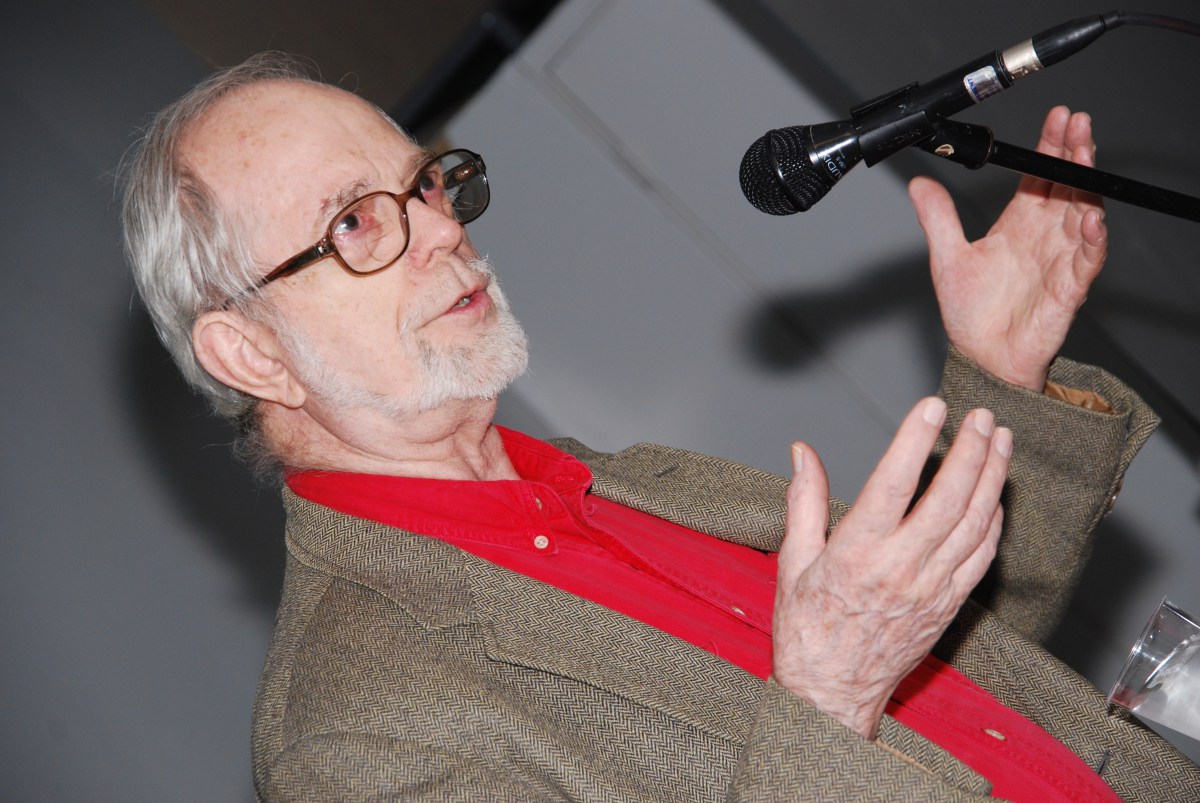

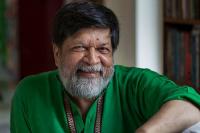
 “The problem of the twentieth century is the problem of the color-line.” —W.E.B. Du Bois
“The problem of the twentieth century is the problem of the color-line.” —W.E.B. Du Bois




 This text was contributed to
This text was contributed to  On August 21st, forty-seven years after the assassination of key movement organizer and theoretician George Jackson, prisoners across the country have once again begun mobilizing. Ranging from sit-ins to work stoppages, boycotts to hunger strikes, their actions have followed a
On August 21st, forty-seven years after the assassination of key movement organizer and theoretician George Jackson, prisoners across the country have once again begun mobilizing. Ranging from sit-ins to work stoppages, boycotts to hunger strikes, their actions have followed a 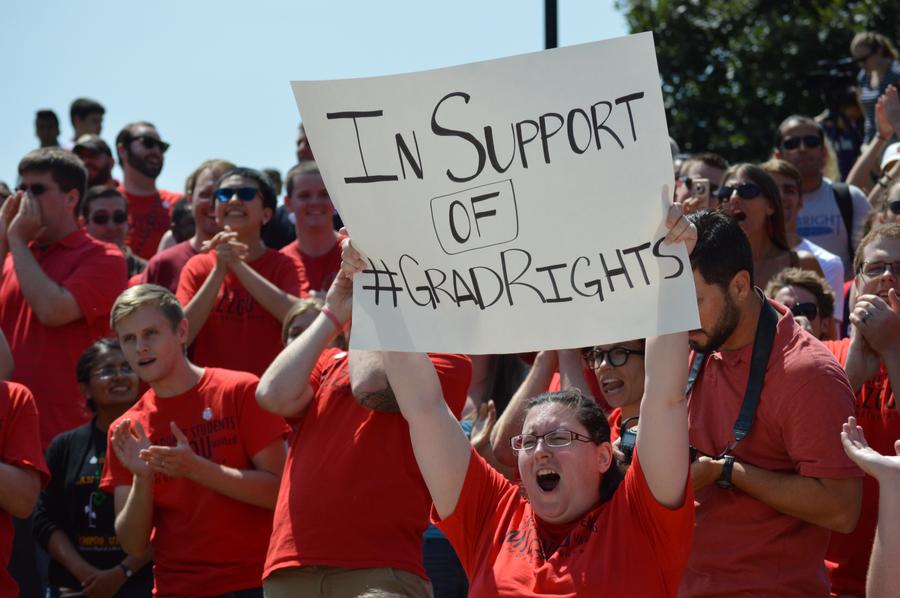
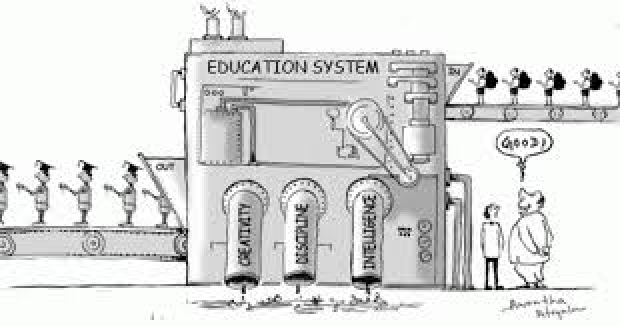 Note: In this guest blog, Gerald Coles, known for his
Note: In this guest blog, Gerald Coles, known for his  As the French get ready for the “rentrée” – the annual back-to-school/back-to-work day following the August vacation – social peace appears to reign in the land. The long-expected militant strikes and struggles against the neo-liberal counter-reforms introduced by President Macron early last Spring have failed to materialize. Surprisingly, the Macron government successfully force-marched its anti-labor, anti-welfare, pro-business agenda through parliament with little effective resistance by the unions and Left parties. Meanwhile, in the U.S., a wave of spontaneous teachers’ strikes spread from West Viriginia to other conservative ‘Red’ states, winning significant victories and surprising the media and the labor leadership. The contrast is surprising.
As the French get ready for the “rentrée” – the annual back-to-school/back-to-work day following the August vacation – social peace appears to reign in the land. The long-expected militant strikes and struggles against the neo-liberal counter-reforms introduced by President Macron early last Spring have failed to materialize. Surprisingly, the Macron government successfully force-marched its anti-labor, anti-welfare, pro-business agenda through parliament with little effective resistance by the unions and Left parties. Meanwhile, in the U.S., a wave of spontaneous teachers’ strikes spread from West Viriginia to other conservative ‘Red’ states, winning significant victories and surprising the media and the labor leadership. The contrast is surprising.